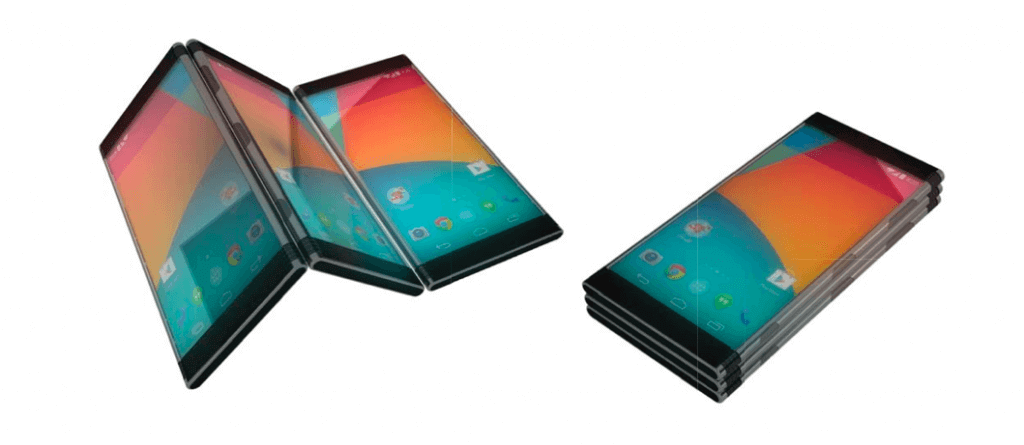Rethinking magnet technology with Nano Magnetics
September 02, 2014

Grab your smartphone. Now grab a friend’s. Line them up side by side and watch the screen landscape double and seamlessly become one.
Not quite sure what I mean? Then watch this 30-second video.
This is Nano Magnetics, a client of MaRS’ Information and Communications Technology (ICT) group. The company’s Nanoport technology turns electronics into magnetic hardware Legos that can be dynamically reorganized, share capabilities, and transfer power and data. The technology lets you connect external devices through a magnetic USB interface, facilitating both mechanical and electrical connections.
About Nanoport
Announced earlier this year at the CES 2014 conference in Las Vegas, Nanoport is a magnetic connector that allows wire-free data and power transfer between devices. The magnetic port also provides a temporary physical hold between devices without the need for any extra hardware. Nanoport is customizable and bus agnostic, allowing for secure high-speed wireless data transfer in a variety of formats. With Nanoport, users can tile multiple screens to create impromptu folding tablets, combine extensions such as batteries, speakers or cameras, or create their own unique combinations.
How does it work?
“Nanoport effectively turns electronics into building blocks that can be combined to create new devices, then reconfigured for alternate uses,” explains Tim Szeto, CEO and founder of Nano Magnetics. “Nanoport gives us new ways to interact with our devices and new ways for devices to interact with each other.”

Nanoport also makes it possible to use touch devices as alternate interfaces for hardware. For example, smartphones can be used to extend or augment the capabilities of compatible electronics, appliances and even vehicles through Nanoport’s magnetic connectors. The Nanoport temporarily holds the various devices together for seamless use without any extra hardware.
The idea
Nano Magnetics started as an internal project of Synergies Design, an interactive media agency that Tim started when he was in Grade 10.
“We were servicing clients from all across Toronto at the time and wanted to work on a project in the consumer product category. That product turned out to be a magnetic constructor called Nanodots,” says Tim.
The mission of this project was to use magnets to engage people in discovering the advanced concepts typically pursued in academia in a way that was approachable, intuitive and addictive.
What’s next for this startup?
Nanoport has attracted the attention of major electronics companies that are seeking new and exciting innovations to complement their hardware. Nano Magnetics is currently focused on integrating Nanoport technology with a broad range of new devices from these companies.
The team is hoping to open up its platform soon, enabling developers to create their own devices using Nanoport to see what new ideas may emerge from the concept.